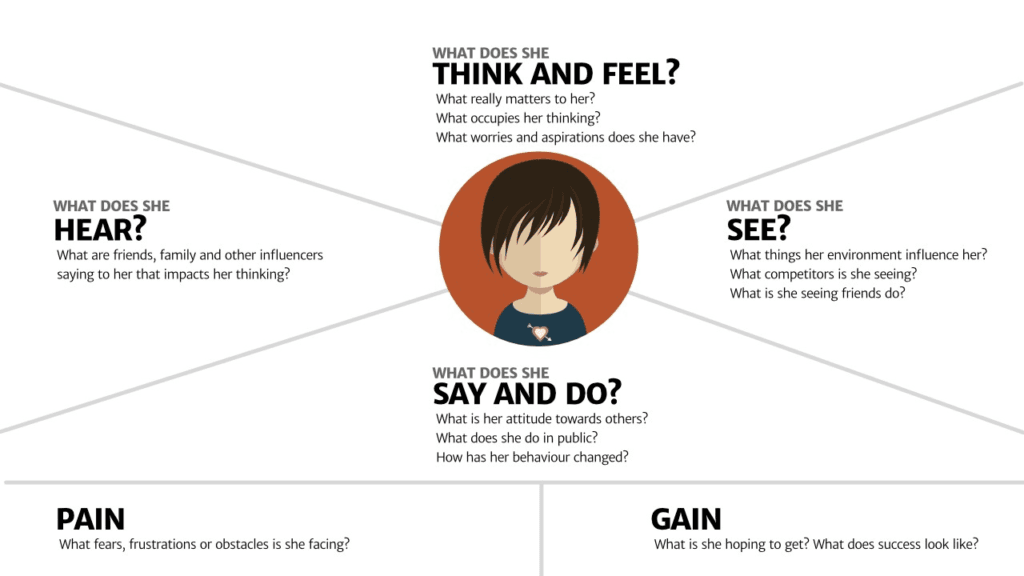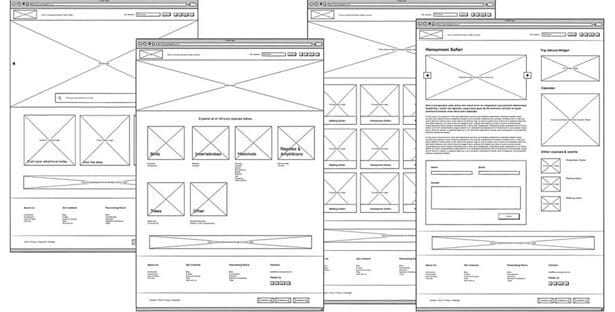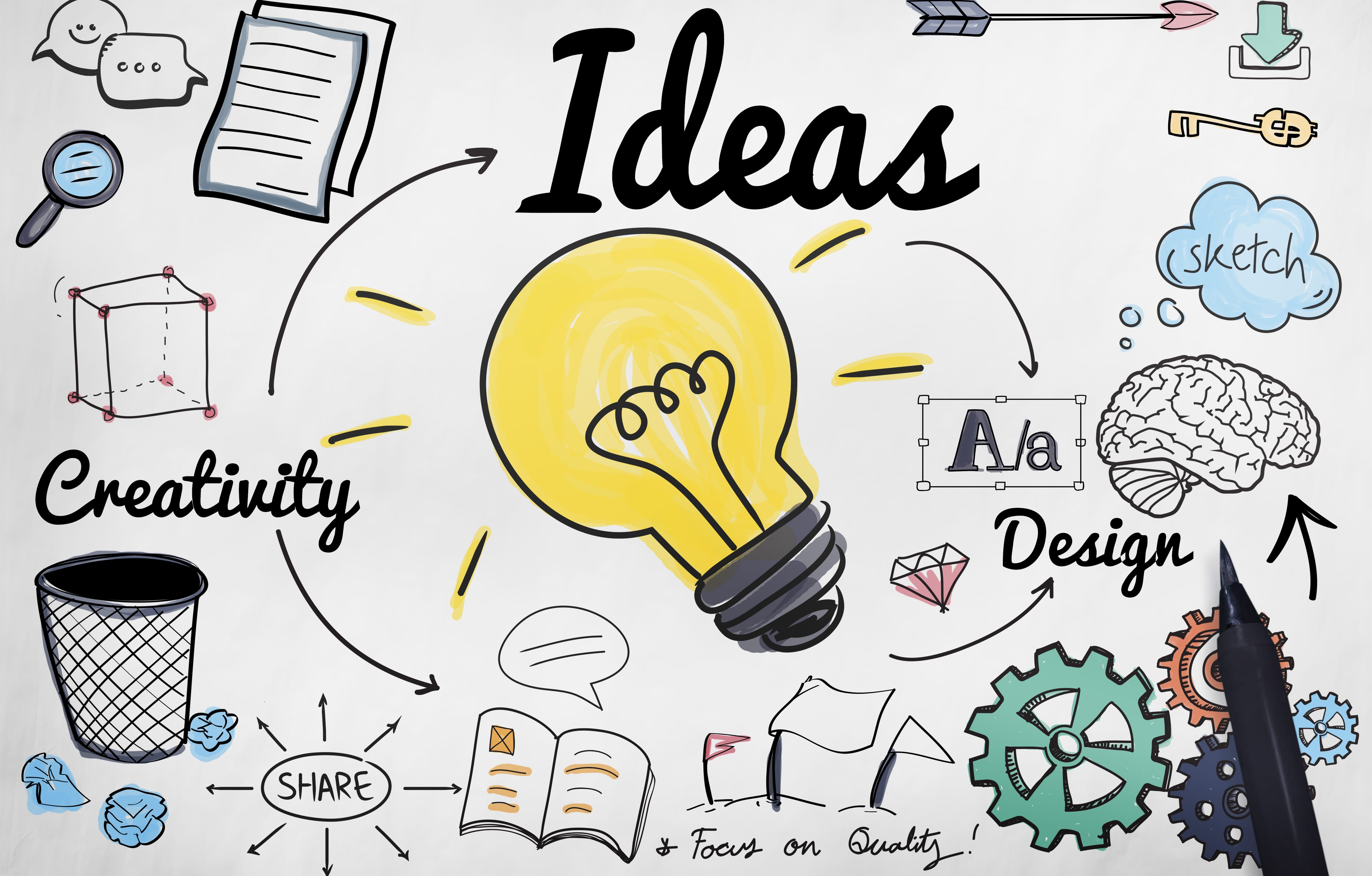In today’s digital age, where competition is fierce and user expectations are higher than ever, simply having a website is not enough. Business owners, marketers, and startup founders need to adopt innovative approaches to stand out. Enter design thinking—a user-centric approach that can transform your web development strategy and lead to groundbreaking solutions. This blog post will introduce you to the principles of design thinking and how they can revolutionize your approach to web development.
What is Design Thinking?
Design thinking is a problem-solving methodology that prioritizes the needs of the end-user. It encourages teams to empathize with users, define problems clearly, ideate innovative solutions, prototype rapidly, and test iteratively. Here’s a closer look at each stage:
Empathize: Understand the needs, wants, and limitations of your users.
Define: Clearly articulate the problem you’re aiming to solve.
Ideate: Brainstorm a wide range of creative solutions.
Prototype: Develop scaled-down versions of your solutions.
Test: Evaluate the prototypes with real users and gather feedback.
By embedding these principles into your web development process, you can create user-centric solutions that truly meet your audience’s needs.
Empathizing with Your Users
The first step in design thinking is to empathize with your users. This involves gaining a deep understanding of their experiences, challenges, and behaviors. To do this, you can:
Conduct User Interviews: Speak directly with your users to understand their pain points and desires.
Create User Personas: Develop detailed personas that represent your different user groups.
Observe Users in Action: Watch how users interact with your website to identify areas of friction.
This stage is crucial for ensuring that your website resonates with your target audience. For instance, a digital agency website often leverages user research to design interfaces that are intuitive and engaging.

Defining the Problem
Once you have a deep understanding of your users, the next step is to define the problem. This involves synthesizing your findings from the empathize stage to articulate a clear problem statement. A well-defined problem statement:
Focuses on user needs rather than business goals.
Is specific and actionable.
Inspires creative solutions.
For example, instead of stating, “We need a better website,” you might say, “Users struggle to find our product information quickly.” This shift in perspective can open up new avenues for innovative solutions.
Ideating Innovative Solutions
With a clear problem statement in hand, it’s time to brainstorm solutions. The ideation phase encourages creativity and out-of-the-box thinking. Techniques to foster ideation include:
Brainstorming Sessions: Gather your team for free-flowing idea generation.
Mind Mapping: Visualize connections between different ideas and concepts.
Sketching: Draw rough sketches of potential solutions to visualize ideas quickly.
The goal is to generate a wide range of ideas, from the conventional to the unconventional. For instance, a creative web design website might explore new ways to present content or enhance user interaction.

Prototyping and Testing
After generating a plethora of ideas, the next step is to create prototypes. Prototyping involves building scaled-down versions of your solutions to explore their viability. This can be done through:
Wireframes: Basic visual guides representing the skeletal framework of your website.
Mockups: High-fidelity visual designs that showcase your website’s look and feel.
Interactive Prototypes: Clickable versions of your designs that simulate user interaction.
Once your prototypes are ready, it’s time to test them with real users. Testing allows you to gather valuable feedback and identify any issues or areas for improvement. For example, a web design and development agency might conduct usability testing to ensure their design solutions are user-friendly and effective.

The Benefits of Design Thinking in Web Development
Adopting design thinking in your web development process offers numerous benefits:
User-Centric Solutions: By focusing on the needs and behaviors of your users, you create websites that are highly relevant and engaging.
Innovation: The ideation phase encourages creative thinking and can lead to groundbreaking solutions that set you apart from the competition.
Efficiency: Prototyping and testing allow you to identify and address issues early, saving time and resources in the long run.
Collaboration: Design thinking fosters a collaborative environment where diverse perspectives are valued, leading to more holistic solutions.
Real-World Examples
To see design thinking in action, consider exploring cool creative websites on DesignRush. These examples showcase how innovative and user-centric solutions can transform the user experience.
Conclusion
In the fast-evolving digital landscape, adopting a design thinking approach can revolutionize your web development strategy. By empathizing with your users, defining clear problems, ideating creative solutions, prototyping rapidly, and testing iteratively, you can create websites that are not only visually appealing but also highly functional and user-centric.
Ready to revolutionize your web development approach? Partner with a top-tier web development agency near you to implement design thinking principles and create innovative web solutions that drive results. Explore your options and discover the transformative power of design thinking today.

